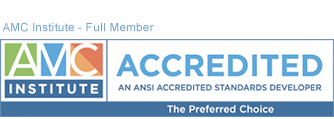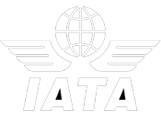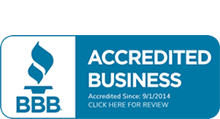Another in a series of articles related to association management selected from our reading list by:
Robert O. Patterson, JD
CEO/ Principal
The Center for Association Resources, Inc.
There are many benefits to SEO. SEO increases the traffic to websites and rank in search engines such as Google. It also increases the nonprofits “visibility”. Although an expert can be utilized for SEO, the nonprofit can accomplish successful SEO on its own, as well. There are no short cuts to SEO, it takes time. However, one will see success soon enough by following these useful tips.
Next, the nonprofit should determine who they want its audience to be. An ideal audience includes potential donors, press, members of the organization and present, as well as, past beneficiaries seeking support.
Content is crucial. Content should not only be clear and compelling, but it should also be unique, engrossing and geared towards the audience. Headlines should be descriptive and not contain any ID numbers. The body’s content should be formatted in HTML context, rather than graphical, so that the robot can read it. Using a clickable anchor text helps to boost the site’s ranking. A breadcrumb trail offers users the ability to view various pages on the site. This is often found horizontally across the top of the homepage below the headline. Headline tags offer this option, as well. There should be no more than 450 to 600 words on each page, and keywords should be in bold or italics so that users can identify them. Internal linking or cross linking is perfect to use for navigating within the site. In-bound links are useful too in bringing traffic to one’s site.
Finally, by signing up with Google’s Webmaster Central and Google Analytics, one can see how well their site and inbound links are doing, and how much traffic is going to the site. By checking this on a regular basis, one can adjust their strategy as needed and can create a highly successful website for their nonprofit organization.







